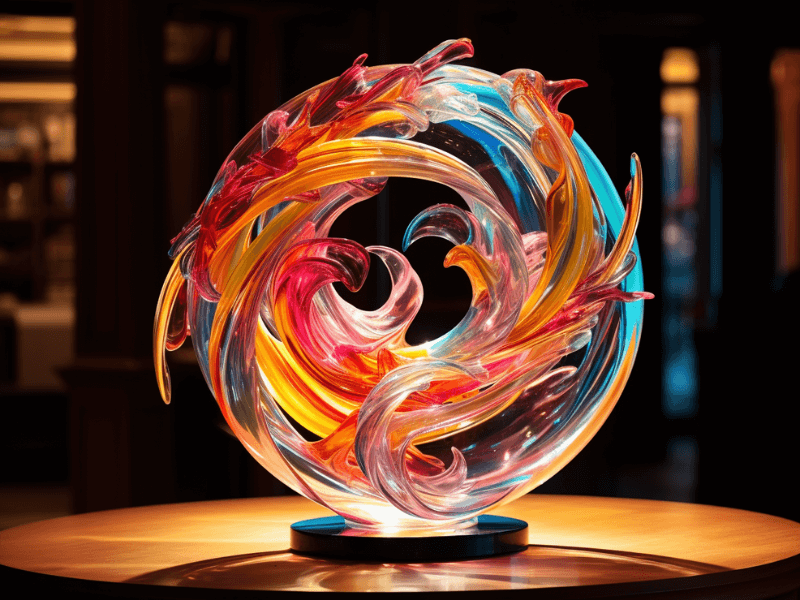Does the formidable Gorilla Glue hold its ground when faced with the versatile world of plastic? Plastic, with its myriad of types, each with unique properties, presents a challenging frontier for any adhesive.
However, with its strong reputation, could Gorilla Glue be the answer we’ve been seeking for our plastic woes? Let’s dive in and unravel this adhesive mystery.
Unmasking the Plastic Puzzle: Gorilla Glue’s Compatibility
- Gorilla Glue works effectively on most plastics.
- Certain Gorilla Glue variants, like Gorilla Super Glue, are specifically designed to work on a wide range of plastics.
- Gorilla Glue, due to its polyurethane nature, might not work well on certain types of plastic.
- The adhesive’s success rate also depends on how well it is applied and the type of plastic involved.

A Deep Dive into the Plastic Jungle: What Works and What Doesn’t
Gorilla Glue, especially the super glue variant, works well on several types of plastics such as PVC, polystyrene, polycarbonate, and ABS. It bonds these materials strongly due to their porous or slightly rough surface which allows the glue to seep in and create a tight bond.
It’s also effective on composite plastics, making it an excellent choice for various crafting and repair tasks.
However, when it comes to certain types of plastics like polyethylene and polypropylene, Gorilla Glue faces a challenge. These plastics are characterized by their low surface energy which makes it difficult for adhesives to create a solid bond.
These plastics are often used in materials like plastic bags, plastic cutlery, and certain types of bottles.
Crafting a Stronger Bond: Tips to Make Gorilla Glue Stick Better
- Surface Preparation: Clean the plastic surface with a mild detergent or an alcohol wipe to remove any oils, dirt or residue. This ensures the glue can make direct contact with the plastic.
- Scuff the Surface: For non-porous plastics, use a fine grit sandpaper to slightly roughen the surface. This provides the glue with a better grip.
- Less is More: Apply only a thin layer of Gorilla Glue. It expands as it cures, so a little goes a long way.
- Clamp and Cure: After application, clamp the pieces together for at least 1-2 hours. Allow the glue to cure for 24 hours for maximum strength.
- Temperature Check: For optimal results, use Gorilla Glue at room temperature. Too cold or hot conditions might affect the glue’s performance.
Conclusion: Decoding the Gorilla-Plastic Relationship
While Gorilla Glue shines as a reliable adhesive for most materials, it is not a one-size-fits-all solution when it comes to the varied realm of plastics.
Yet, by understanding the nature of the plastic in question and using the right application techniques, you can often coax out the best bonding results.
So whether you’re looking to fix a broken toy or a cracked gardening pot, remember – with the right knowledge and application, Gorilla Glue might just be the adhesive ally you need!


